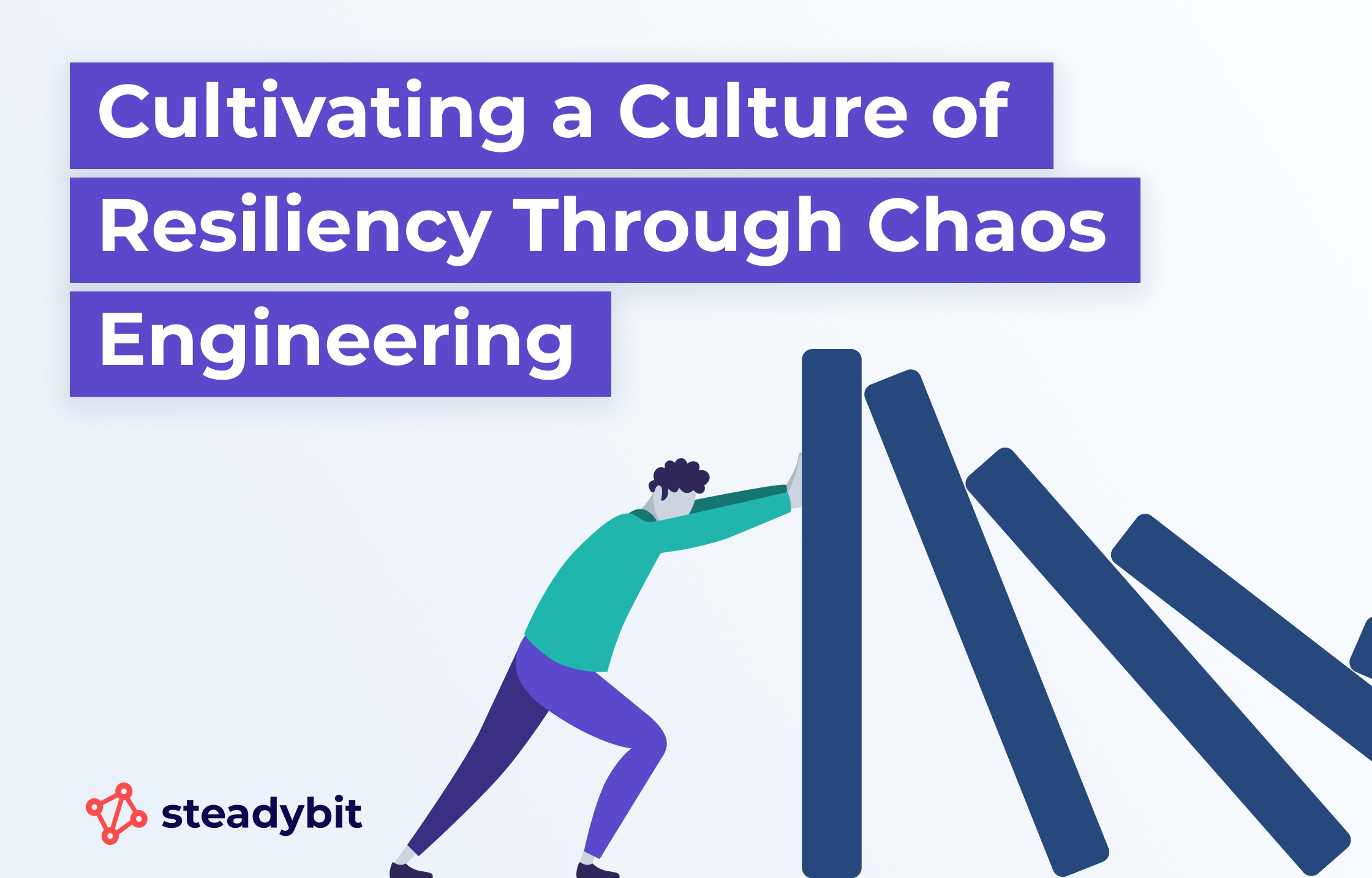Cultivating a Culture of Resiliency Through Chaos Engineering

A resilient system is only part of the equation when preparing for Black Friday. Building a culture of resiliency within your organization is just as critical. Chaos Engineering must be embraced at every level, from developers and system architects to business leaders and product managers. When everyone is aligned around the goal of resilience, you create a proactive, collaborative environment where failures are seen as learning opportunities.
Why Organizational Culture Matters in System Resilience
Many companies view system failures as something to be feared and avoided. In contrast, Chaos Engineering encourages teams to seek out failure and learn from it. This shift in mindset can be transformative for an organization. When your team embraces the idea that failures are an inevitable—and valuable—part of the process, they become more motivated to uncover weaknesses, solve problems proactively, and make the system stronger as a whole.
Elements of a Resiliency-Driven Culture:
- Collaboration Across Teams: Chaos Engineering isn’t just for engineering teams. It requires input from developers, business leaders, customer support teams, and others who can contribute insights into what parts of the system are mission-critical and what impact failures could have on the business.
- A Growth Mindset: Teams that adopt a growth mindset view failures as opportunities to improve rather than setbacks. This encourages experimentation, innovation, and creative problem-solving.
- Frequent Chaos Experiments: Resilient organizations make Chaos Engineering a regular practice, not just a one-time event before Black Friday. This ongoing experimentation helps them stay ahead of new risks and challenges, making the system more adaptable over time.
Cross-Functional Collaboration: Involving All Teams in Chaos Engineering
A truly resilient infrastructure depends on input from all parts of the business, not just the tech teams. Product managers, marketing teams, and customer service departments all have valuable insights into how the system impacts user experience. By involving these teams in chaos experiments, you can ensure that you’re preparing for every angle of failure.
Example: In preparation for Black Friday, an e-commerce company invited product managers to participate in chaos experiments related to checkout and cart functionality. Their input revealed a critical issue where certain promotional discounts were not being applied correctly under high traffic. By including these teams in the chaos engineering process, the company was able to fix the problem before it affected real users.
Think about it:
- Is your team treating system failures as opportunities to learn and grow?
- How can you better involve cross-functional teams in the chaos engineering process?
The Role of Leadership in Fostering a Resiliency Culture
Leadership plays a crucial role in cultivating a culture of resilience. Business leaders must actively support the chaos engineering process, encouraging experimentation and embracing the possibility of failure. By setting the tone from the top, leaders can create an environment where resilience is valued and prioritized.
How Leaders Can Promote Resilience:
- Provide Resources: Ensure your teams have the time, tools, and support they need to run chaos experiments and make improvements.
- Celebrate Failures: Rather than punishing failures, celebrate them as learning opportunities. Encourage teams to share the lessons they’ve learned from chaos experiments, fostering a culture of continuous improvement.
- Set Resilience Goals: Make resilience a key performance indicator (KPI) for the organization. Track and measure the system’s ability to withstand stress, recover from failures, and improve over time.
By promoting a culture of resilience, leaders empower their teams to be proactive, innovative, and continuously focused on improving system stability.